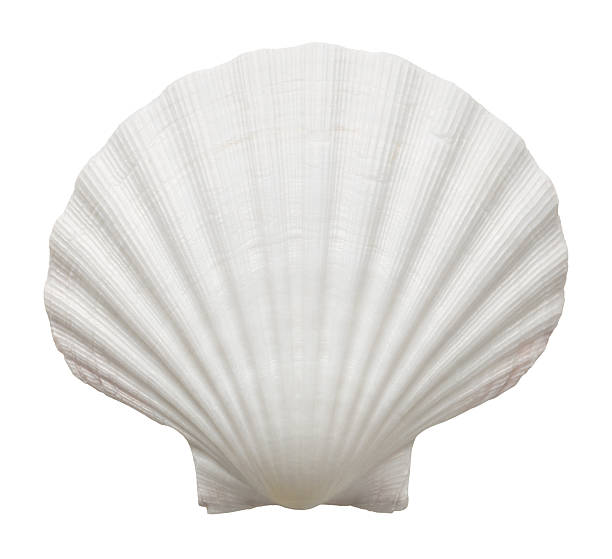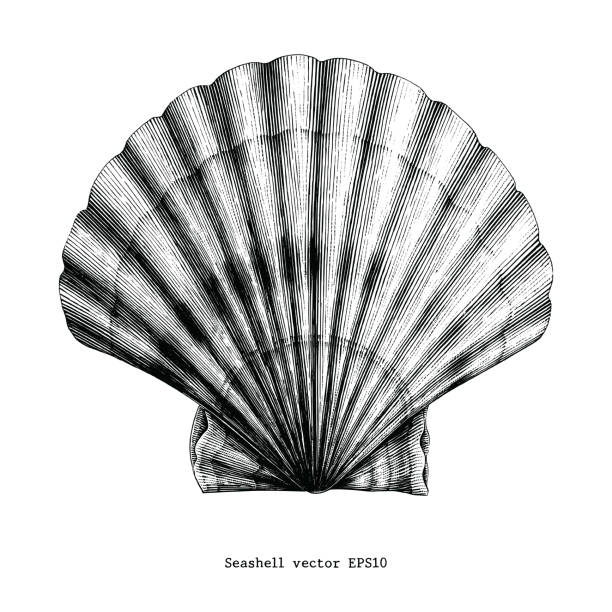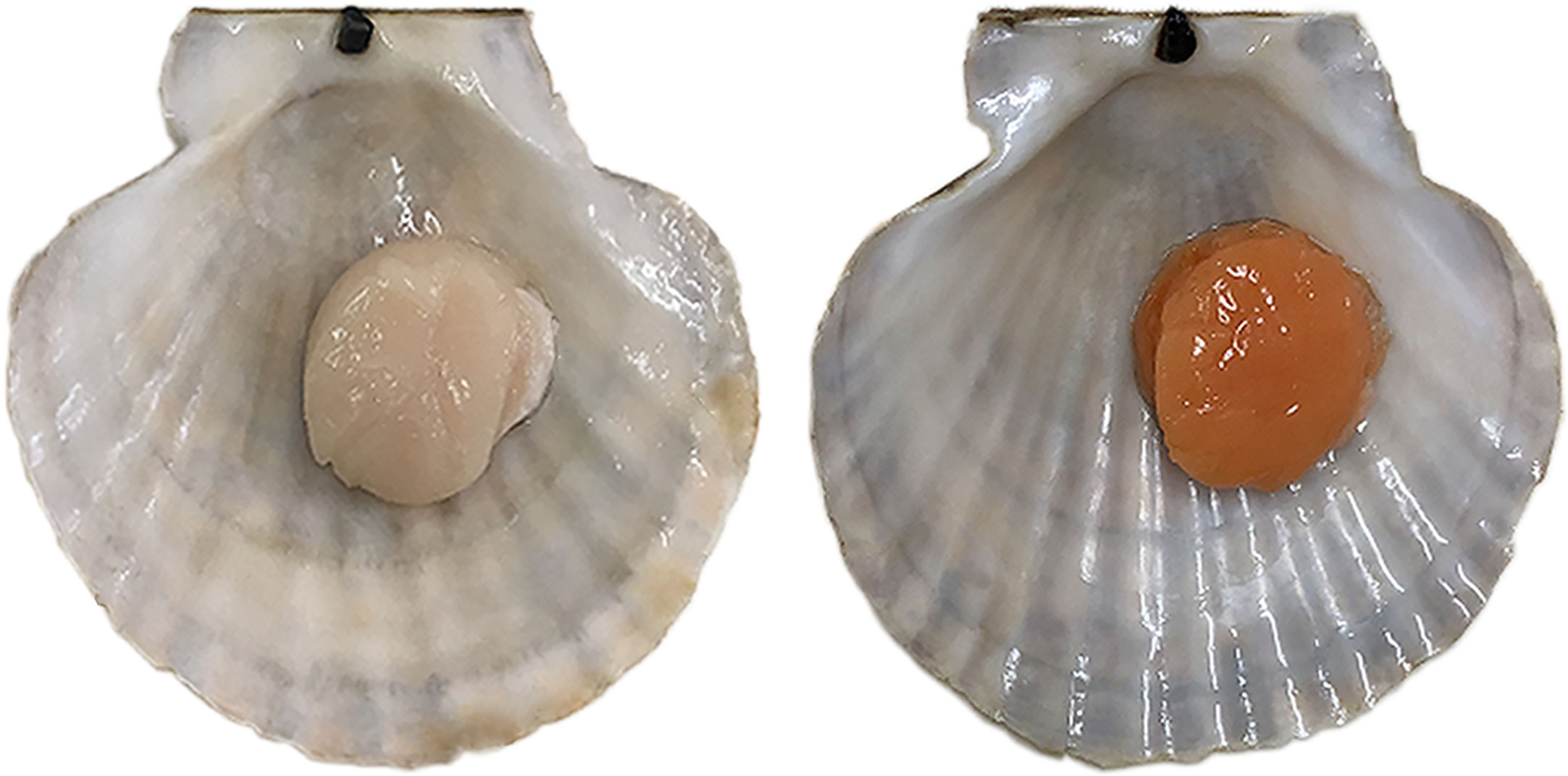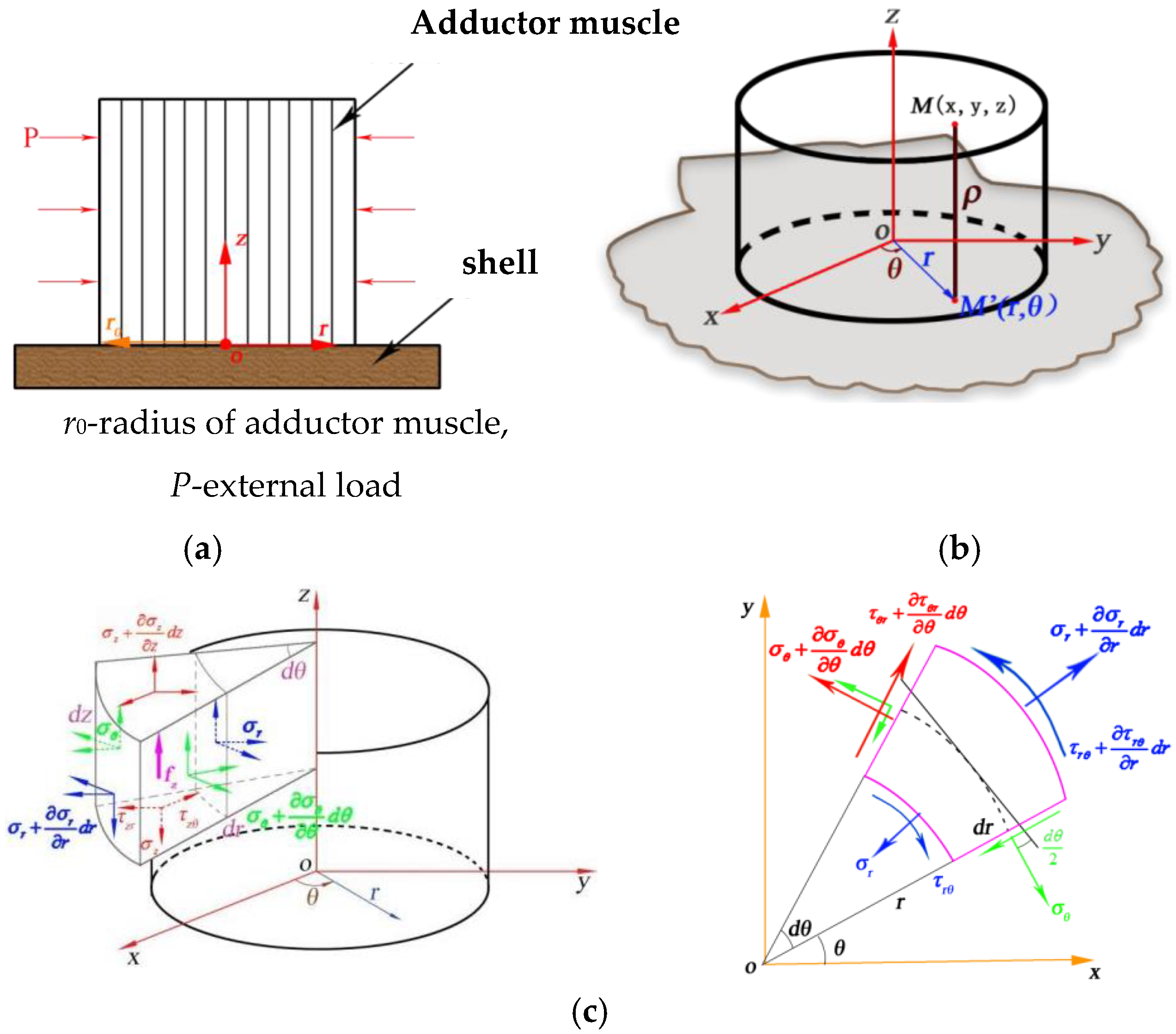Scallop shell — Science Learning Hub
$ 16.99 · 4.9 (435) · In stock

Scallops contribute exoskeletons to the shell debris destined to become limestone. Scallops live on the seafloor in sandy or muddy habitats of sheltered bays, from the low tide mark down to about 50 m water depth.
Make learning all about the Shells fun and hands on in your classroom! Use a small table or a small bookshelf to create an engaging science center

All About Shells - Science for Little Learners (preschool, pre-k, and kinder)

32,300+ Scallop Sea Shell Stock Photos, Pictures & Royalty-Free Images - iStock

The Scallop Sees With Space-Age Eyes — Hundreds of Them - The New York Times

Scallop shell — Science Learning Hub

32,300+ Scallop Sea Shell Stock Photos, Pictures & Royalty-Free Images - iStock
/media/img/mt/2017/11/palmer3HR-1/original.jpg)
Scallops Have Eyes, and Each One Has a Living Mirror - The Atlantic

Frontiers Transcriptome and network analyses reveal key pathways and genes involved in response to carotenoid deposition in scallop muscle
:focal(1931x1251:1932x1252)/https://tf-cmsv2-smithsonianmag-media.s3.amazonaws.com/filer/16/20/16206b6f-a54a-4cc7-ad4d-ac296f8ee751/istock-176129484.jpg)
What Scallops' Many Eyes Can Teach Us About the Evolution of Vision, Science

Fossil Scallop. This object is part of the Education and Outreach collection, some of which are in the Q?rius science education center and available to see.Cenozoic - Neogene - Miocene214 Jan 2020Eastover

Coatings, Free Full-Text
18 months & up. Seashell-shaped manipulatives contain different tactile patterns for sorting, matching, counting, and sensory exploration. Made of

Tactile Shells - 36 Pieces

PDF) Simple and Rapid Synthesis of Calcium Acetate from Scallop Shells to Reduce Environmental Issues